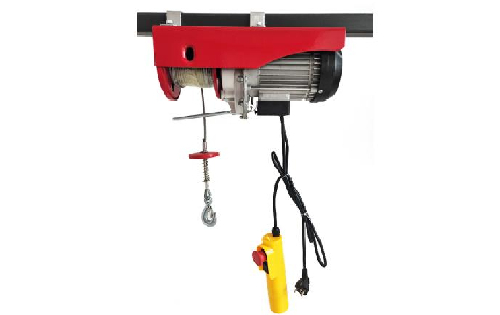


Understanding Fall Protection Types Ensuring Safety in the Workplace
Fall protection is a critical aspect of safety management in various industries, particularly in construction, maintenance, and any environment where workers are exposed to heights. With falls being one of the leading causes of injuries and fatalities in the workplace, understanding the different types of fall protection is essential for ensuring worker safety.
1. Personal Fall Arrest Systems (PFAS)
One of the most common fall protection methods is the Personal Fall Arrest System (PFAS). This system typically consists of three main components anchorage, body harnesses, and connectors. An anchorage point is a secure attachment point, often a beam or a designated structure, that can support the weight of the worker and prevent a fall from height. The body harness distributes the force of a fall across the worker’s body, minimizing injury risk. Connectors, such as lanyards and deceleration devices, link the worker to the anchorage.
PFAS is widely used in scenarios like roofing, scaffolding, and elevated platforms, where the risk of falling is significant. Proper training on the use of PFAS is crucial, as improper setup can lead to severe injury.
Guardrails are another effective form of fall protection, commonly used on scaffolding, rooftops, and other elevated work surfaces. They serve as a physical barrier that prevents workers from falling off edges. Guardrail systems are typically constructed from durable materials and must meet specific height and strength regulations to ensure effectiveness.

Safety nets can also be employed to catch workers in the event of a fall, providing a secondary form of protection. These nets are usually installed below the work area and are designed to absorb the impact of a falling worker, reducing the risk of serious injury. Both guardrails and safety nets are often used in combination with other fall protection measures to enhance overall safety.
3. Work Positioning Systems
Work positioning systems allow workers to work at height while being secured to an anchorage point. This system usually involves a combination of a body harness and ropes or straps that enable workers to suspend themselves in a secure position. Work positioning systems are particularly beneficial when workers need both hands free to perform tasks at elevation, such as window washing or maintenance work.
4. Training and Compliance
Regardless of the fall protection method utilized, proper training and compliance with safety regulations are paramount. Workers must be trained on the proper use of fall protection systems, hazard recognition, and emergency response procedures. Employers are also responsible for ensuring that all safety equipment is regularly inspected and maintained to guarantee its effectiveness.
Conclusion
In conclusion, understanding the various types of fall protection is vital for safeguarding workers in hazardous environments. By implementing personal fall arrest systems, guardrails, safety nets, and work positioning systems, organizations can significantly reduce the risk of falls. Coupled with thorough training and compliance monitoring, these measures create a safer workplace for everyone involved. As businesses move forward, prioritizing fall protection not only meets regulatory requirements but also fosters a culture of safety and care within the workforce.



